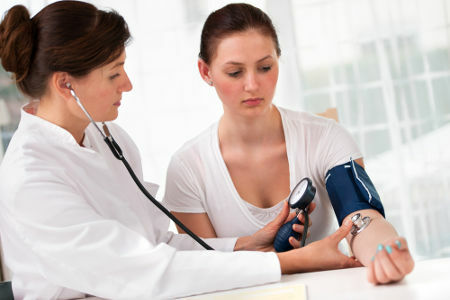O blood it is an essential tissue for our survival and performs several functions, such as transport of nutrients and oxygen, defense against pathogenic microorganisms and even blood clotting. This last function can be attributed to a blood element known as nameplate.
Platelets, also called thrombocytes, in reality, they are not cells, but fragments of these structures, more precisely fragments of a cell called a megakaryocyte, found in the bone marrow. They have a discoid shape and have no nucleus. Its average diameter is 2.6 µm, which corresponds to 0.00026 centimeters.
In the human body, they are produced approximately 100 billion platelets a day, and they stay in the bloodstream for about a week. After this period, they are removed from circulation and taken to the liver and spleen, where they are destroyed.
Platelets circulate in the bloodstream in their inactivated form. When there is a need to contain a hemorrhage, for example, they are activated, aggregate and accelerate clot formation. Therefore, we can conclude that they play an important role in blood clotting.
In a healthy adult, 150,000 to 500,000 platelets are typically found per microliter. When the amounts of platelets in the bloodstream fall below normal levels, we say that a condition is occurring. thrombocytopenia. When the opposite occurs, that is, the platelet values are increased, we say that there is a thrombocytosis. Both problems are serious since, in the first case, bleeding can occur and, in the second, thrombosis can occur.
In cases of dengue, a disease caused by a mosquito-borne virus Aedes aegypti, there may be an exaggerated decrease in platelets. When this happens, the development of dengue hemorrhagic fever is common.
Curiosity: Did you know that it is possible to transfuse platelets? This technique is used to prevent or treat cases of bleeding in patients who have a low amount of this component in the blood.
By Ma. Vanessa dos Santos


